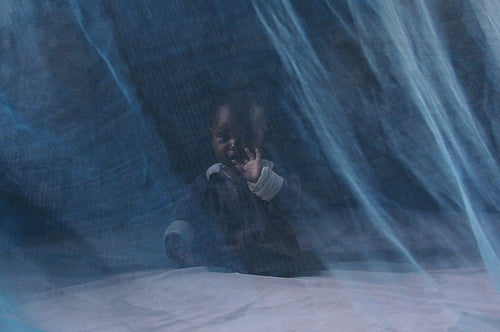Sometimes it’s hard to believe that a disease we’ve been fighting as long as malaria is still serious. Malaria sounds like it should have vanished with the British Raj. But it hasn’t. On World Malaria Day, five truths about malaria’s continuing existence, from the World Health Organization.
1) According to the WHO, in 2010 there were an estimated 216 million cases of malaria, and 655,000 people died–most of them African children.
2) Malaria is growing increasingly resistant to drugs. Resistance to choloroquine, the cheapest, most commonly used malaria drug, is growing in the countries where malaria is most common. Ominously, resistance to the combination treatment of sulfadoxine-pyrimethamine is also growing. It’s present in South America and in Southeast Asia and now emerging in East Africa.
3) The Thailand-Cambodia border is ground zero for resistant forms of malaria. The combination of excellent mosquito habitat and ineffective malaria treatment available over-the-counter means that when new forms of malaria emerge, they emerge there first.
4) Pregnancy and malaria are a fatal combination. Being pregnant makes a woman more likely to get malaria, and more likely to die from it once infected. It also carries serious risk for her unborn child: stillbirth, spontaneous abortion, and premature birth.
5) Finally, mosquito nets work to prevent malaria transmission, but not alone. Mosquito net distribution needs to go along with education to get people to use the nets, and it needs to be accompanied by efforts to kill mosquitoes and destroy their habitats. The WHO recommends removing sources of standing water, and in some cases spraying indoor walls with mosquito-killing pesticides. Supporting these kinds of integrated programs are our best shot for eliminating malaria.
